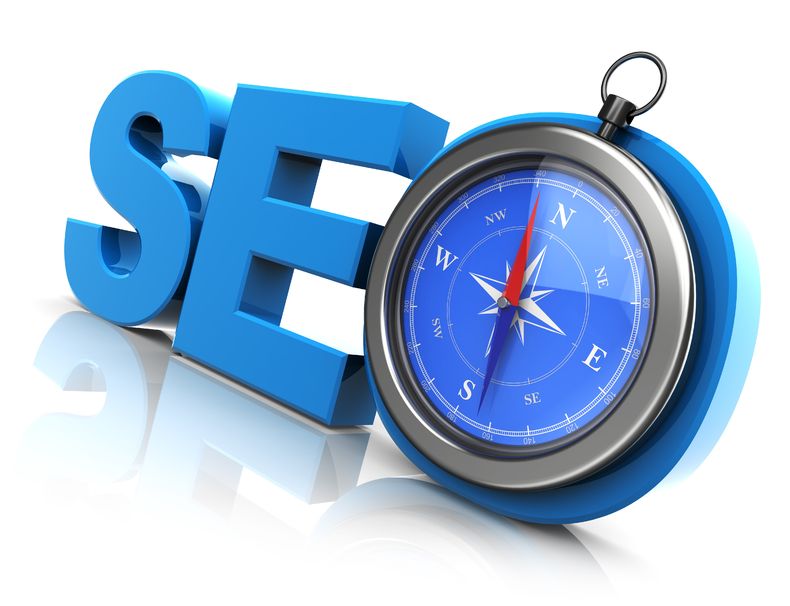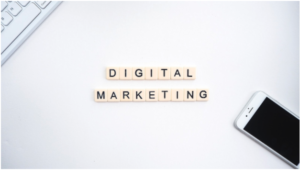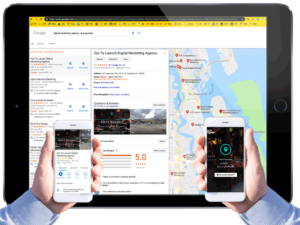
In today’s digital world, businesses must stay ahead of the curve to thrive. A successful digital marketing strategy is essential for achieving this. The right approach can help companies to reach their target audience, generate leads, and increase conversions. This article explores the top 10 components of a successful digital marketing strategy to help your business stay competitive in the ever-evolving digital landscape.
1. Clear and Specific Goals
Successful digital marketing begins with setting clear and specific goals. These goals should align with your overall business objectives and be measurable and achievable. Examples of marketing goals include increasing website traffic, improving conversion rates, or growing your social media following. By establishing clear goals, your team can create a focused and effective marketing plan to reach them.2. Buyer Personas
To develop a targeted marketing strategy, you must understand your ideal customers. Buyer personas are semi-fictional representations of your target customers based on research and data about your existing customers. These personas should include demographics, behavior patterns, motivations, and goals. Understanding your target audience allows you to create tailored content and advertising campaigns that resonate with them and drive conversions.3. Content Marketing
High-quality content is a cornerstone of successful digital marketing. Content marketing involves creating and distributing valuable, relevant, consistent content to attract and engage your target audience. This can include blog posts, videos, podcasts, infographics, and more. By offering informative and engaging content, you can establish your brand as an authority in your industry, foster trust with your audience, and increase the likelihood of conversions.4. Search Engine Optimization (SEO)
Search engine optimization (SEO) is the practice of optimizing your website and content to rank higher in search engine results. This includes incorporating relevant keywords, creating high-quality content, improving site speed, and ensuring mobile-friendliness. In addition, a strong SEO strategy can increase organic traffic to your website, leading to more exposure, leads, and sales.5. Pay-Per-Click (PPC) Advertising
Pay-per-click (PPC) advertising is an online marketing method in which businesses pay for each click on their ads. These ads can appear on search engines, social media platforms, and other websites. PPC is an effective way to drive targeted traffic to your website and generate leads quickly. By carefully selecting keywords and targeting specific demographics, you can maximize the ROI of your PPC campaigns.6. Social Media Marketing
Social media marketing involves promoting your brand, products, and content on various social media platforms like Facebook, Instagram, Twitter, and LinkedIn. Creating engaging content and interacting with your audience can build brand awareness, increase website traffic, and generate leads. Social media platforms also offer paid advertising options, allowing you to reach a larger audience and target specific demographics.7. Email Marketing
Email marketing remains one of the most effective digital marketing tactics for building long-term customer relationships. By collecting email addresses from website visitors, you can send targeted messages, such as promotional offers, newsletters, and product updates. In addition, segmenting your email list based on customer behavior and preferences ensures that your messages are relevant and engaging, leading to higher open and click-through rates.8. Analytics and Data-Driven Decisions
You must continually measure your performance and make data-driven decisions to optimize your digital marketing strategy. Utilize tools like Google Analytics, social media analytics, and email marketing analytics to track key performance indicators (KPIs) and evaluate the success of your campaigns. By analyzing this data, you can identify areas for improvement and make necessary adjustments to maximize the effectiveness of your marketing efforts.9. Marketing Automation
Implementing marketing automation tools can save time, improve efficiency, and allow your team to focus on more strategic tasks. These tools can help you manage and automate tasks like lead nurturing, email marketing, social media posting, and ad campaign management. By streamlining your marketing processes, you can ensure that your campaigns are consistent, timely, and effectively targeted, leading to increased engagement and conversions.10. Customer Relationship Management (CRM)
Customer relationship management (CRM) systems are essential for managing your interactions with current and potential customers. A CRM can help you track leads, sales, and customer data, allowing you to better understand and anticipate their needs. By integrating your CRM with your digital marketing strategy, you can create personalized marketing campaigns, improve customer service, and ultimately drive customer loyalty and retention.In Conclusion
A successful digital marketing strategy is a multifaceted approach that involves setting clear goals, understanding your target audience, and utilizing various marketing tactics to achieve those goals. By incorporating these top 10 components, you can develop a comprehensive and effective digital marketing strategy that drives growth and success for your business in the competitive digital landscape.- Clear and Specific Goals:
- Buyer Personas:
- Content Marketing:
- Content Marketing Institute: What is Content Marketing?
- Search Engine Optimization (SEO):
- Pay-Per-Click (PPC) Advertising:
- Social Media Marketing:
- Hootsuite: What is Social Media Marketing?
- Email Marketing:
- Campaign Monitor: What Is Email Marketing?
- Analytics and Data-Driven Decisions:
- Google Analytics: Get to know Google Analytics
- Marketing Automation:
- HubSpot: What is Marketing Automation?
- Customer Relationship Management (CRM):
- Salesforce: What is CRM?
These resources will help you dive deeper into each component of a successful digital marketing strategy and provide additional insights and examples.







No comment yet, add your voice below!